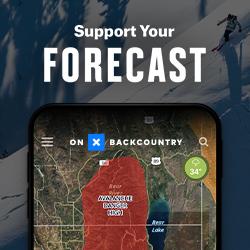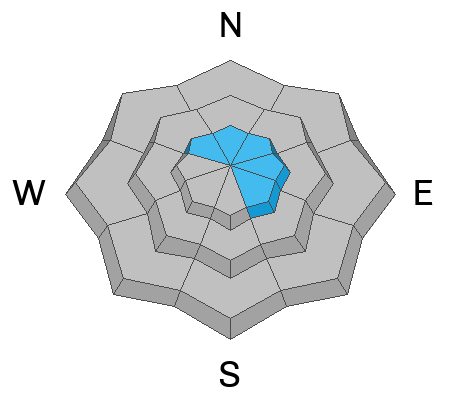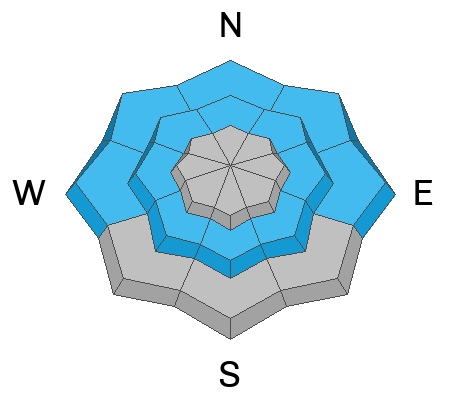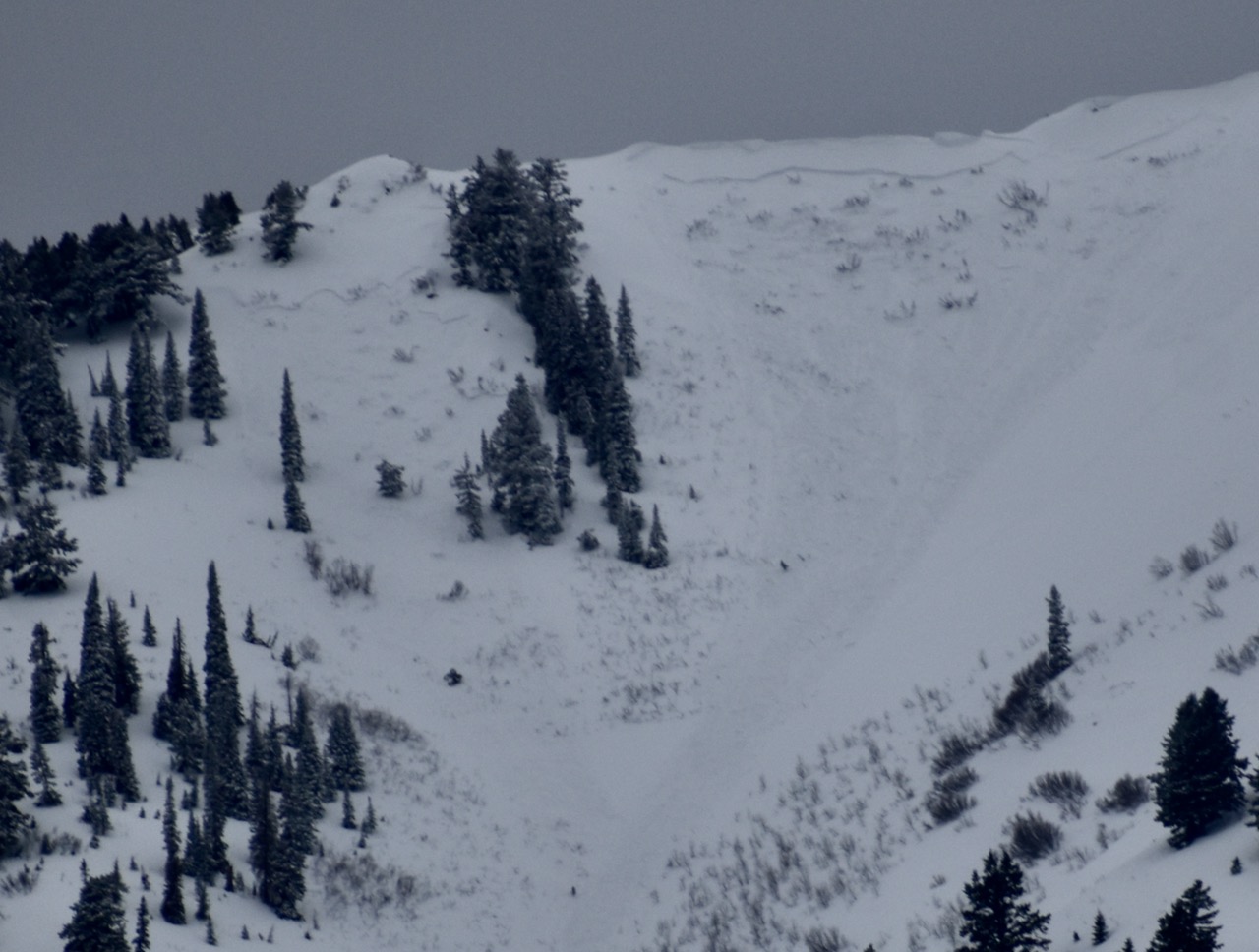Forecast for the Logan Area Mountains

Issued by Toby Weed on
Monday morning, February 3, 2025
Monday morning, February 3, 2025
Dangerous avalanche conditions exist at all elevations in the backcountry. The danger is HIGH on drifted upper elevation slopes facing northwest through southeast, where natural and human-triggered avalanches of wind-drifted snow are likely today. There is CONSIDERABLE danger on all other slopes steeper than 30°, and people are likely to trigger dangerous slab avalanches failing on a sugary, persistent weak layer now buried 1 to 2 feet deep. Rain saturated the snow in low and mid-elevation terrain, and temperatures are exceptionally warm, so wet avalanches remain likely.
- Avoid travel in avalanche terrain and stay clear of avalanche runouts. You'll find safer riding in the meadows and on slopes less than 30° not connected to or beneath steeper slopes.
- Fishers of the Logan River should avoid being under steep slopes with saturated snow.

Low
Moderate
Considerable
High
Extreme
Learn how to read the forecast here







 Yesterday, large natural avalanches in the Wellsville Mountain Wilderness were visible from across Cache Valley.
Yesterday, large natural avalanches in the Wellsville Mountain Wilderness were visible from across Cache Valley. 